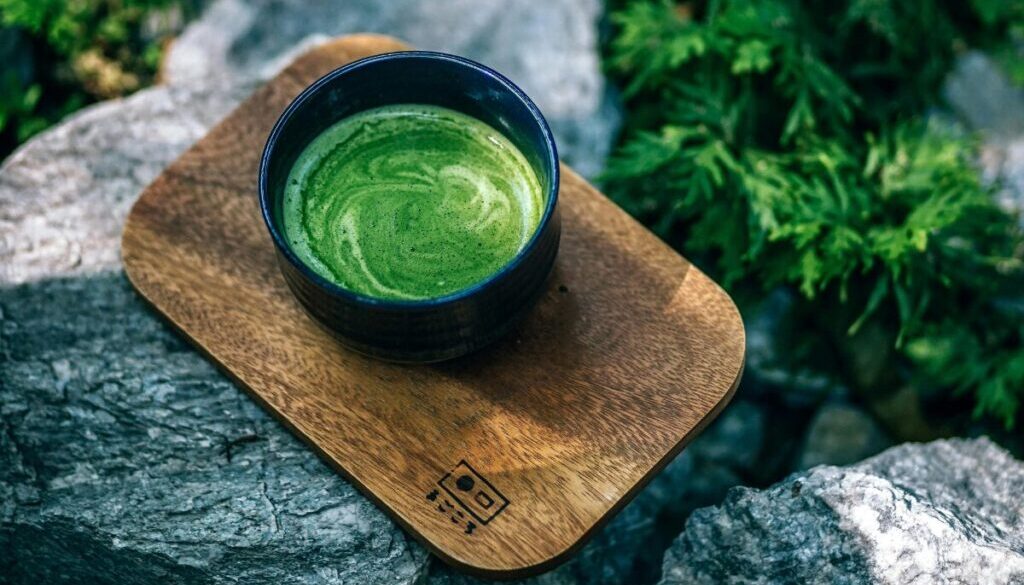Green Tea and Ham

Picture By Nipanan Lifestyle
Article By Helen Lovell-Wayne, MS
https://www.instagram.com/agreenerftr/
This paper was written with the sole intention of informing consumers about the green tea they may currently be buying. Hopefully, with enough demand from consumers, industries will supply safer and more sustainable products.
Advocates tout green tea for its health benefits. Studies have shown that it is good for preventing and relieving arthritis ( Rachmi Singh et al 2010). Furthermore it has anti-inflammatory and anti-mutagenic properties ( Rachmi Singh et al 2010). Additionally experts tout that it prevents cancer, diabetes, and liver disease ( Vishal Singh et al 2014). These properties make it a popular worldwide drink. Green tea accounts for a quarter of all tea consumed in the world. Nearly a billion people drink green tea every day, and the production of this resource employs over 3 million people (Vivek Voora, Stephany Bermudez, Cristina Larrea 2019).
Sales from green tea reached over $15 million at the end of 2024 (Vivek Voora, Stephany Bermudez, Cristina Larrea 2019). However, most of these consumers don’t think about the environmental impact of this product. The standard way of creating green tea is adding to global warming, causing pesticides and herbicides to enter the ecosystem at an alarming rate, and forcing kids into child labor. The more consumers know, the more likely they are to buy tea created in a sustainable manner.
☕️Production Of Green Tea Isn’t Green☕️
The vast majority of tea is grown in Asia. China is by far the largest producer of green tea. However, Japan, Sri Lanka, Vietnam, Indonesia, India, Turkey, and Kenya also create some green tea. Green tea production starts with clear-cutting forests to create space for the green tea plants (Yong Le Xunhua et al. 2016). The green tea plants produce more flavorful leaves if nitrogen is directly spread on the roots (Yong Le Xunhua et al. 2016). When nitrogen combines with oxygen, it forms NO2, which is a leading greenhouse gas. Moreover, nitrogen from the soil can leach into adjacent water sources (Yong Le Xunhua et al. 2016) .
There are parts of the tea plants that aren’t utilized in making tea, which include buds and stems (Anurag Chowdhury et al. 2016). Accordingly, experts call this tea waste. Occasionally, farmers utilize these plant parts to extract caffeine. Workers often place the remaining waste on the ground, resulting in soil acidification (Anurag Chowdhury et al. 2016). Some companies recycle tea waste. This waste provides a low-cost and effective absorbent of copper and lead (Anurag Chowdhury et al. 2016). However, most farmers dispose of the majority of waste in landfills. Consequently, the runoff (which contains pesticides and herbicides ) harms nearby waterbodies and ecosystems.
💰Consumers Are Becoming More Aware💰
As the awareness of these problems grows, consumers worldwide are starting to encourage more sustainable tea cultivation practices. For instance, some tea in Africa and Asia is grown organically, meaning they derive fertilizers from plant and animal waste rather than from chemicals. Additionally, pesticides also come from natural sources (S. Palit, et al 2008). Tea grown organically has shown improvement in quality parameters such as crude fiber, starch, and polyphenol content. Furthermore it has higher antioxidant properties, which makes it healthier for consumption than its non-organic alternative (S. Palit, et al 2008).
Tea grown in this manner is more labor-intensive because he profit margins are greater than unsustainability grown tea (D. Tran and D. Goto 2109). Although this could be because they are selling to higher-income individuals (D. Tran and D. Goto 2109). Estimates show that in China, consumers are willing to pay just under 40% more for organic green tea (Kyungsoo Nam, Yiyang Qiao and Byeong-il Ahn 2022). Due to consumer preferences the Asian-Pacific region expects consumption of organic tea to grow (Kyungsoo Nam, Yiyang Qiao and Byeong-il Ahn 2022) .
🍃Buying Organic Is the Solution 🍃
Organic sales are on the rise in all parts of the world. Buying organic is the only way to protect your body and the planet. The US is the biggest importer of organic tea in the Western world, followed by Germany (Kyungsoo Nam, Yiyang Qiao and Byeong-il Ahn 2022). The affluent account for over 80% of consumption and pollution, so even modest shifts in consumption can reduce the environmental burden and free up resources to raise poorer people’s living standards. Above all, with enough demand, the world can cause organic green tea to be the norm and not the exception. In that equation, everyone is healthier, and the planet is spared undue toxins (M. Munasinghe et al. 2017).



